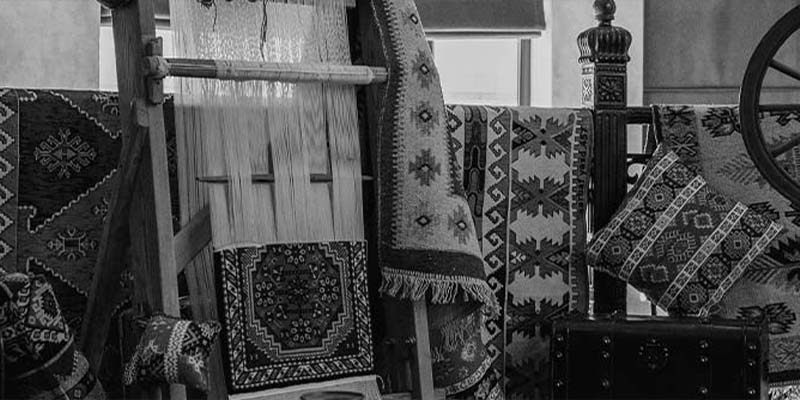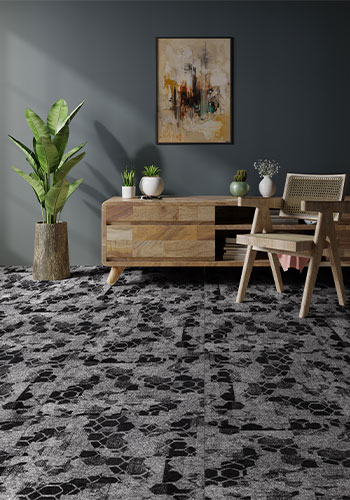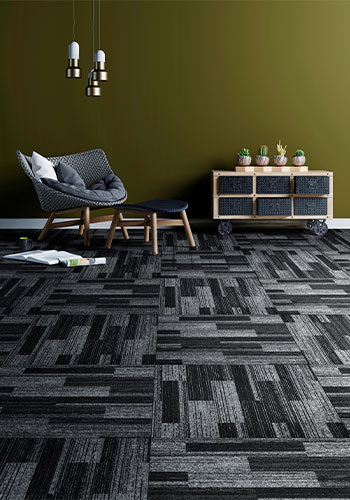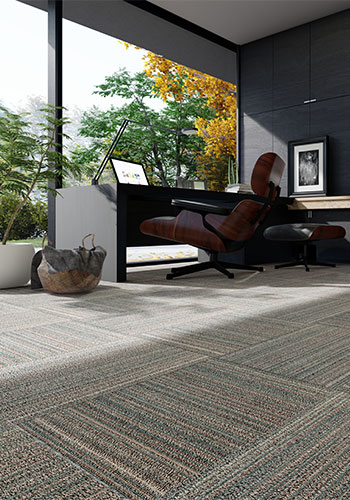This article will specifically focus on Wall-to-wall Carpet History and is part of Zarif Carpets‘ collection of articles related to wall-to-wall carpets. Discover more articles related to the subject on our ‘All About Wall-to-wall Carpet‘ page.
If you are not familiar with the topic of wall-to-wall carpets, we recommend checking out our guide ‘Wall-to-wall Carpets: What You Should Know‘ first.
Introduction
There is no clear beginning point for rugs and wall-to-wall carpets in history, maybe the age of carpets dates back to prehistoric times when our ancestors lived in caves and used animal skins, sheep wool, goat hair, etc. to make the cave ground more liveable. In this article, we used some references (50|floor, Leading Carpet Cleaning and Zarif Mosavar) to gather information about wall-to-wall carpet history and its historical milestones worldwide and in Iran.
Prehistoric Times to 1500s
As mentioned, we can assume that cavemen were the inventors of carpet! They used basic rugs, but these carpets were useful and helped them live more comfortably. They utilized wool, animal hair and skins, plant strings, cotton, and other materials to craft the earliest carpets. We do not know exactly where the initial carpet was born, but some evidence suggests it may have originated somewhere in the Middle East. The interesting point is that from that time until now, the Middle East, especially Iran, has been known as the center of carpet, as the Persian Carpet refers to the most beautiful and durable carpets in the world.

By the 1500s, initial carpet designs had been developed, but the basic concept and simplicity still persisted. During this time period, carpet production became popular in Europe. These carpets gradually made their way to America, marking the beginning of carpet production in America.
1930s
In the 1930s, the first wall-to-wall carpets came to the presence. In that decade, wall-to-wall flooring was still an initial concept and it did not have a vast use. The idea of this type of carpet originated from the need to cover the entire room with carpet instead of a small portion. The idiom ‘Fitted Carpet’ is actually derived from this feature and refers to wall-to-wall carpeting.
1940s
In 1947, synthetic fibers (such as polyester fibers) were invented and these fibers created a revolution in the carpet industry. Before synthetic fibers, cotton was the primary material for manufacturing carpets, but after the invention, carpet manufacturers started developing their carpets based on these fibers, therefore carpets began to become more affordable and durable.
1950s
Before the 1950s, American carpet manufacturers faced numerous challenges, including expensive labor costs, which hindered their ability to compete with their European counterparts. Consequently, most carpets used in America were imported from Europe. To reduce production costs and the final price of carpets, carpet companies began establishing themselves in the southern regions of America where labor and overhead costs were lower. The invention of synthetic fibers and the relocation of companies to the South had a significant impact on carpet prices, making them more affordable.
After the 1950s, wall-to-wall carpets and rugs underwent significant improvements. Nowadays, they are manufactured in a more efficient and eco-friendly manner, and they come in a wider variety of designs and colors. A more recent revolution in the wall-to-wall carpet industry is the manufacturing of carpet tiles. Carpet tiles are a type of wall-to-wall carpet that comes in individual pieces. They facilitate carpet installation and reduce the costs associated with maintaining a wall-to-wall carpet. For more details about carpet tiles, check out our article titled “Carpet Tiles: a Versatile Flooring Solution“.
Wall-to-wall Carpet History in Iran
The story of wall-to-wall carpets in Iran began with Dr. Mehdi Zarebini, a graduate of the University of Leeds in PHP. Upon nearing graduation, he invited his father and uncle to attend his graduation party in England. Following the celebration, Mehdi took his father and uncle to visit some factories, one of which was a wall-to-wall carpet machinery factory, igniting the first spark.

After returning to Iran in 1968, the family decided to establish a wall-to-wall carpet factory. His father and uncle agreed to invest in this project, with Mehdi set to manage the factory using his expertise. Ten years later, their business had developed significantly, to the extent that the uncle became one of the largest fiber manufacturers in Europe.
Final Words
After a long history, wall-to-wall carpets now offer significant advantages. They bring beauty, safety, heat and sound insulation, and many other great features to our floors at an affordable price. They are not only suitable for residential areas but also a perfect choice for commercial places such as offices.
Zarif Carpets, the largest wall-to-wall carpet manufacturer in the Middle East, produces various high-quality fitted carpets, including tufted, needle-felt, carpet tiles, and artificial grass. With an annual capacity of 50,000,000 sqm, we supply a vast portion of Iran, Afghanistan, Pakistan, Iraq, and other countries. Don’t hesitate to reach out if you have any questions about wall-to-wall carpets.




